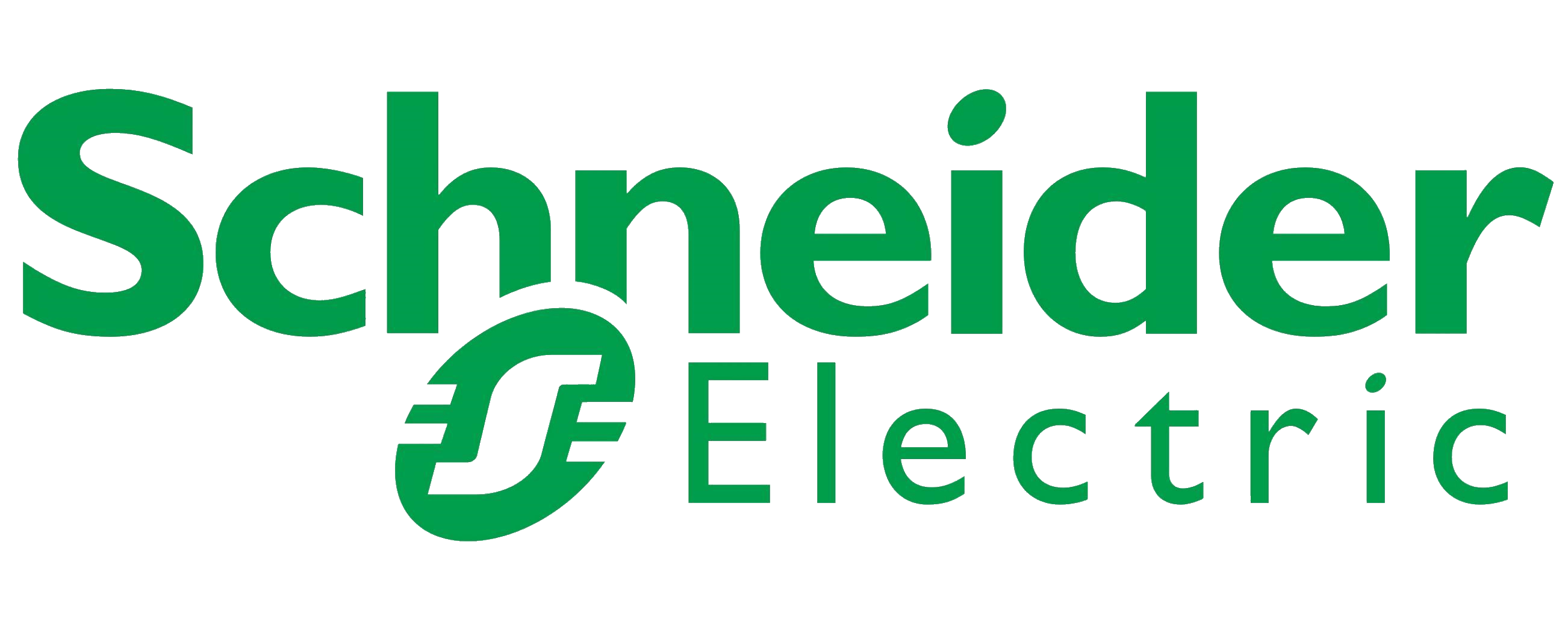Global Cross Laminated Timber Market By Type, By End Use, By Region: Global Insights, Growth, Size, Comparative Analysis, Trends and Forecast, 2023 – 2031
- Industry: Construction & Manufacturing
- Report ID: TNR-110-925
- Number of Pages: 420
- Table/Charts : Yes
- November, 2023
- Base Year : 2024
- No. of Companies : 9+
- No. of Countries : 29
- Views : 10281
- Covid Impact Covered: Yes
- War Impact Covered: Yes
- Formats : PDF, Excel, PPT
Global Cross Laminated Timber Market was Worth US$ 1.25 Billion in 2022, Growing at an Estimated CAGR of 14.2% from 2023-2031.
Cross-laminated timber is an engineered wood product made by stacking layers of wood boards at right angles and gluing them together. This creates a strong and sustainable building material that can be used for walls, floors, and roofs in construction. CLT offers eco-friendly, lightweight, and durable structural solutions.
Adhesive bonded cross laminated timber is currently the dominating type in the global cross laminated timber market. Adhesive bonding offers superior structural integrity and is widely used in cross laminated timber production. According to a study by Forest Products Journal, adhesive-bonded cross laminated timber panels are more common due to their efficiency in achieving desired strength and stability, making them the preferred choice in construction projects.
Global Cross Laminated Timber Market Revenue & Forecast, (US$ Million), 2015 – 2031

COVID-19 Insights: Global Cross Laminated Timber Market
Before the pandemic, the cross laminated timber market was steadily growing, driven by sustainability trends and a shift towards eco-friendly construction. Cross laminated timber was gaining recognition for its strength and versatility, making it a preferred choice for green building projects. The COVID-19 pandemic accelerated the demand for cross laminated timber as construction industry stakeholders sought resilient and sustainable materials. The focus on reducing carbon footprints and increasing safety in construction has led to greater adoption of cross laminated timber market.
Report Coverage and Deliverables

One major driver in the cross laminated timber market is the global shift towards sustainable construction practices. A report by the Sustainable Forestry Initiative (SFI) indicates that sustainability concerns drive a growing preference for wood products like cross laminated timber, which sequester carbon and reduce environmental impact. Cross laminated timber’s eco-friendly nature aligns with regulations promoting green building standards worldwide. For instance, in the US, the International Code Council (ICC) supports cross laminated timber’s adoption in the International Building Code (IBC) due to its sustainable attributes, further stimulating market growth.
The cost and availability of raw materials serve as a restraint in the cross laminated timber market. Wood prices have experienced fluctuations due to factors such as supply chain disruptions and increased demand. According to the U.S. Bureau of Labor Statistics, the Producer Price Index (PPI) for softwood lumber saw significant fluctuations, impacting cross laminated timber production costs. Moreover, access to quality timber resources can be limited, affecting production capacity. These factors pose challenges for cross laminated timber manufacturers in maintaining competitive pricing and stable supply chains, potentially impacting market growth.

The structural end use segment currently dominates the global cross laminated timber market. Cross laminated timber’s primary application as a load-bearing material in construction drives its prevalence in structural projects. According to the Timber Innovation Act of 2018, cross laminated timber is recognized as an essential component for tall wood buildings in the US, highlighting its dominance in structural applications. Its strength, durability, and sustainability make it an ideal choice for architects and builders in designing eco-friendly and resilient structures.

Europe recorded highest market share in the global cross laminated timber market in 2022. This dominance is supported by a long history of wood construction and strong government support for sustainable building practices. European countries like Austria and Germany are leading producers of cross laminated timber. According to the European Commission, Europe accounts for a significant share of the global cross laminated timber production capacity, and cross laminated timber adoption in construction projects is well-established across the continent.
Competitive Landscape
Some of the key companies operating in the global cross laminated timber market are
- Binderholz GmbH
- Eugen Decker Holzindustrie KG
- HASSLACHER Holding GmbH
- KLH Massivholz GmbH
- Mayr-Melnhof Holz Holding AG
- Mercer Mass Timber LLC
- Pfeifer Holding GmbH
- Schilliger Holz AG
- Stora Enso
- XLam NZ Ltd
- Other Industry Participants
Report Summary of Global Cross Laminated Timber Market
| Report Specifications | Details |
| Market Revenue in 2022 | US$ 1.25 Billion |
| Market Size Forecast by 2031 | US$ 4.07 Billion |
| Growth Rate (CAGR) | 14.2% |
| Historic Data2015 | 2015 – 2021 |
| Base Year for Estimation | 2022 |
| Forecast Period | 2023 – 2031 |
| Report Inclusions | Market Size & Estimates, Market Dynamics, Competitive Scenario, Trends, Growth Factors, Market Determinants, Key Investment Segmentation, Product/Service/Solutions Benchmarking |
| Segments Covered | By Type, By End Use |
| Regions Covered | North America, Europe, Asia Pacific, Middle East & Africa, Latin America |
| Countries Covered | U.S., Canada, Mexico, Rest of North America, France, The UK, Spain, Germany, Italy, Nordic Countries (Denmark, Finland, Iceland, Sweden, Norway), Benelux Union (Belgium, The Netherlands, Luxembourg), Rest of Europe, China, Japan, India, New Zealand, Australia, South Korea, Southeast Asia (Indonesia, Thailand, Malaysia, Singapore, Rest of Southeast Asia), Rest of Asia Pacific, Saudi Arabia, UAE, Egypt, Kuwait, South Africa, Rest of Middle East & Africa, Brazil, Argentina, Rest of Latin America |
| Key Players | Binderholz GmbH, Eugen Decker Holzindustrie KG, HASSLACHER Holding GmbH, KLH Massivholz GmbH, Mayr-Melnhof Holz Holding AG, Mercer Mass Timber LLC, Pfeifer Holding GmbH, Schilliger Holz AG, Stora Enso, XLam NZ Ltd, Other Industry Participants |
| Customization Scope | Customization allows for the inclusion/modification of content pertaining to geographical regions, countries, and specific market segments. |
| Pricing & Procurement Options | Explore purchase options tailored to your specific research requirements |
| Contact Details | Consult With Our Expert
Japan (Toll-Free): – +81 663-386-8111 South Korea (Toll-Free): – +82-808- 703-126 Saudi Arabia (Toll-Free): – +966 800 850 1643 United States: +1 302-232-5106 United Kingdom: +447537105080 E-mail: askanexpert@thenicheresearch.com
|
Global Cross Laminated Timber Market:
By Type
- Adhesive Bonded
-
- Polyurethane (PUR)
- Melamine-Urea-Formaldehyde (MUF)
- Mechanically Fastened
-
- Self-Tapping Screws (STS)
- Dowel-Type Fasteners
By End Use
- Structural
- Non-Structural
By Industry
- Residential
- Non-Residential
-
- Public
- Industrial
- Others
By Region
- North America (U.S., Canada, Mexico, Rest of North America)
- Europe (France, The UK, Spain, Germany, Italy, Nordic Countries (Denmark, Finland, Iceland, Sweden, Norway), Benelux Union (Belgium, The Netherlands, Luxembourg), Rest of Europe
- Asia Pacific (China, Japan, India, New Zealand, Australia, South Korea, Southeast Asia (Indonesia, Thailand, Malaysia, Singapore, Rest of Southeast Asia), Rest of Asia Pacific)
- Middle East & Africa (Saudi Arabia, UAE, Egypt, Kuwait, South Africa, Rest of Middle East & Africa)
- Latin America (Brazil, Argentina, Rest of Latin America)
Table of Contents
**Exclusive for Multi-User and Enterprise User.
Global Cross Laminated Timber Market Segmentation
By Type
By End Use
By Industry
By Region
**Note: The report covers cross-segmentation analysis by region further into countries
The Niche Research approach encompasses both primary and secondary research methods to provide comprehensive insights. While primary research is the cornerstone of our studies, we also incorporate secondary research sources such as company annual reports, premium industry databases, press releases, industry journals, and white papers.
Within our primary research, we actively engage with various industry stakeholders, conducting paid interviews and surveys. Our meticulous analysis extends to every market participant in major countries, allowing us to thoroughly examine their portfolios, calculate market shares, and segment revenues.
Our data collection primarily focuses on individual countries within our research scope, enabling us to estimate regional market sizes. Typically, we employ a bottom-up approach, meticulously tracking trends in different countries. We analyze growth drivers, constraints, technological innovations, and opportunities for each country, ultimately arriving at regional figures.Our process begins by examining the growth prospects of each country. Building upon these insights, we project growth and trends for the entire region. Finally, we utilize our proprietary model to refine estimations and forecasts.
Our data validation standards are integral to ensuring the reliability and accuracy of our research findings. Here’s a breakdown of our data validation processes and the stakeholders we engage with during our primary research:
- Supply Side Analysis: We initiate a supply side analysis by directly contacting market participants, through telephonic interviews and questionnaires containing both open-ended and close-ended questions. We gather information on their portfolios, segment revenues, developments, and growth strategies.
- Demand Side Analysis: To gain insights into adoption trends and consumer preferences, we reach out to target customers and users (non-vendors). This information forms a vital part of the qualitative analysis section of our reports, covering market dynamics, adoption trends, consumer behavior, spending patterns, and other related aspects.
- Consultant Insights: We tap into the expertise of our partner consultants from around the world to obtain their unique viewpoints and perspectives. Their insights contribute to a well-rounded understanding of the markets under investigation.
- In-House Validation: To ensure data accuracy and reliability, we conduct cross-validation of data points and information through our in-house team of consultants and utilize advanced data modeling tools for thorough verification.
The forecasts we provide are based on a comprehensive assessment of various factors, including:
- Market Trends and Past Performance (Last Five Years): We accurately analyze market trends and performance data from preceding five years to identify historical patterns and understand the market’s evolution.
- Historical Performance and Growth of Market Participants: We assess the historical performance and growth trajectories of key market participants. This analysis provides insights into the competitive landscape and individual company strategies.
- Market Determinants Impact Analysis (Next Eight Years): We conduct a rigorous analysis of the factors that are projected to influence the market over the next eight years. This includes assessing both internal and external determinants that can shape market dynamics.
- Drivers and Challenges for the Forecast Period:Identify the factors expected to drive market growth during the forecast period, as well as the challenges that the industry may face. This analysis aids in deriving an accurate growth rate projection.
- New Acquisitions, Collaborations, or Partnerships: We keep a close watch on any new acquisitions, collaborations, or partnerships within the industry. These developments can have a significant impact on market dynamics and competitiveness.
- Macro and Micro Factors Analysis:A thorough examination of both macro-level factors (e.g., economic trends, regulatory changes) and micro-level factors (e.g., technological advancements, consumer preferences) that may influence the market during the forecast period.
- End-User Sentiment Analysis: To understand the market from the end-user perspective, we conduct sentiment analysis. This involves assessing the sentiment, preferences, and feedback of the end-users, which can provide valuable insights into market trends.
- Perspective of Primary Participants: Insights gathered directly from primary research participants play a crucial role in shaping our forecasts. Their perspectives and experiences provide valuable qualitative data.
- Year-on-Year Growth Trend: We utilize a year-on-year growth trend based on historical market growth and expected future trends. This helps in formulating our growth projections, aligning them with the market’s historical performance.
Research process adopted by TNR involves multiple stages, including data collection, validation, quality checks, and presentation. It’s crucial that the data and information we provide add value to your existing market understanding and expertise. We have also established partnerships with business consulting, research, and survey organizations across regions and globally to collaborate on regional analysis and data validation, ensuring the highest level of accuracy and reliability in our reports.















